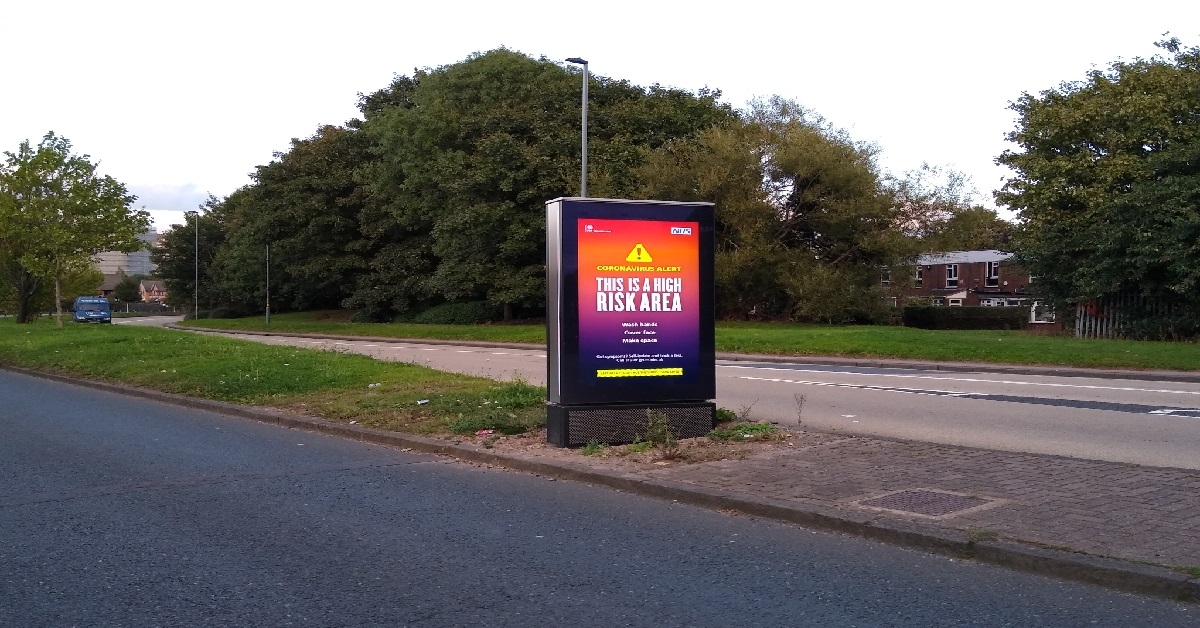Dr Zania Stamataki sets out the key factors … and says there is no need to panic.
Covid-19 has been around for a year now in humans, and this means that mutations are beginning to accumulate and soon we will be able to discern different viral strains, possibly with different properties from the original infection.
Public Health England has studied the genetic sequence of the virus and notified the WHO, which is looking into the spread pathway of the new strain in more detail. How dangerous is this new variant and what does this mean for the new vaccines that are rolled out this month?
The virus that causes Covid-19, like other coronaviruses of the same family, is an RNA virus with a mutation rate of nearly one mutation a month. This is not sufficient to generate new viral strains, but as time passes and mutations accumulate, particularly when populations don’t travel as much from continent to continent, different viral strains will emerge in different places around the world.
Mutation is a cunning trick that viruses use to keep one step ahead of our immune responses; when we develop antibodies against a virus and quench an outbreak, the virus needs to change its coat to evade recognition by antibodies and immune cells, otherwise it will perish. It is our own immune system that pushes the virus to change its outer proteins and develop new strains to survive.
The mutations happen at random, driven by error-prone processes when the virus replicates, so one cannot predict if the new viruses that accumulate mutations over the years will be more or less dangerous or more or less contagious.
Covid-19 has been around for a year now in humans, and this means that mutations are beginning to accumulate and soon we will be able to discern different viral strains, possibly with different properties from the original infection.
Reassuringly, coronaviruses usually need a lot more than one mutation to change their proteins sufficiently to evade immunity, but some viruses, such as influenza, mutate very fast.
For this reason, public health authorities keep track of influenza, and vaccine organisations update their vaccinations to remain relevant every flu season around the world. The push to monitor the virus has become much easier with the emergence of cheaper, faster genetic sequencing technologies, and advances in scientific methods have also boosted our ability to prepare vaccines with remarkable speed.
We can’t predict the properties of emerging viral strains in terms of clinical symptoms, but we can keep ahead of the virus by continuous surveillance to adapt our vaccines and the severity of infection control strategies. It is unlikely that the new viral strain will render the vaccines useless already, but this may happen eventually.
Should we worry about the future of vaccination?
There is no need to panic: the three new vaccines reported in recent completed clinical trials all use technologies that encode information for coronavirus spike protein, pass on the information to our own cells, which do the hard work of producing the protein to stimulate our immune system. It is remarkably simple for us to change the recipe to update our vaccines when we need arises, and to keep them relevant for different parts of the world.
We have the tools to keep up with the virus using genetic sequencing methods. Public health organisations, such as the WHO, have never been more important to keep us up to date with new developments. The emergence of mutant variants of this coronavirus is not a surprise for scientists, so it shouldn’t be cause for panic. We know how to protect ourselves and others, and we need to carry on. I personally can’t wait for my turn to receive the coronavirus vaccine, just as I felt so privileged to receive my flu jab in the autumn. And in the years to come, I will happily top up as needed.
Dr Zania Stamataki is a senior lecturer and researcher in viral immunology at the University of Birmingham
guardian.co.uk © Guardian News & Media Limited 2010
Published via the Guardian News Feed plugin for WordPress.



